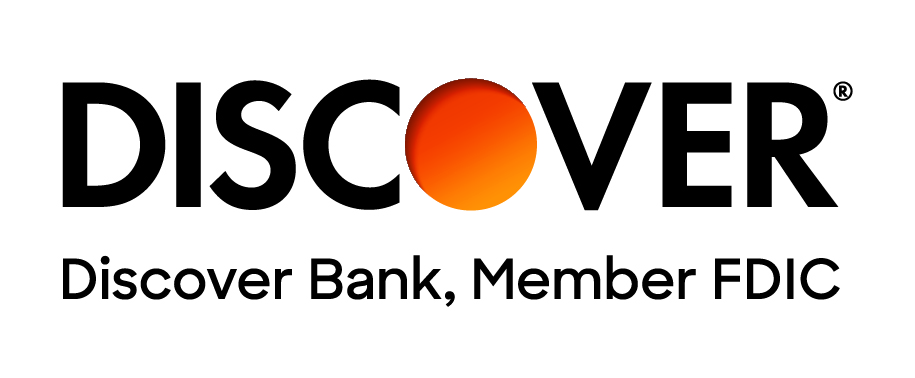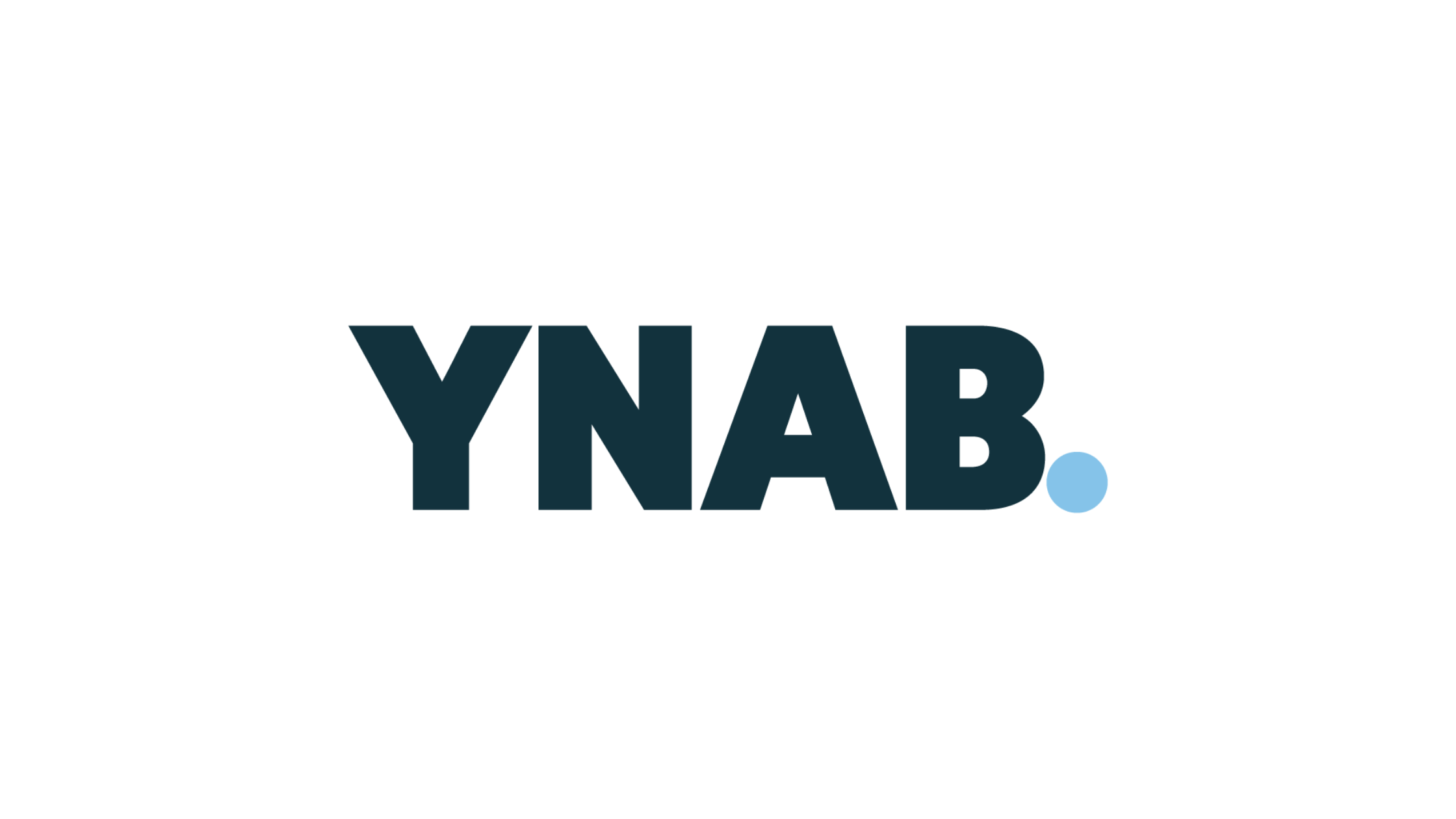Understanding financial aid is a key step in making your dream of attending college a reality. Financial aid literacy is important because it helps you make smart decisions about how to pay for your education while avoiding unnecessary debt. It’s all about understanding the different types of assistance available—like grants, scholarships, work-study programs, and loans—so you can choose options that work best for you.
Financial aid plays a huge role in making college affordable, especially as tuition costs continue to rise. For many students, financial aid is the bridge between wanting to go to college and actually being able to afford it. Whether it's through government aid, school-based programs, or private funds, the right financial aid plan can help ease the burden on your family.
Below we will attempt to help you learn how to apply for financial aid, understand the types of aid available, and offer tips for managing your resources wisely. The goal is for you to feel confident when dealing with the financial aspects of college, so you can focus on what really matters—your education and goals.
Types of Financial Aid
Financial aid comes in many forms, and understanding the differences can help you make the best choices for funding your education. Here’s a breakdown of the main types:
Grants
Grants are often referred to as "free money" because they typically don’t have to be repaid. These are need-based forms of financial aid, meaning they’re awarded based on your family’s financial situation. A common example is the Federal Pell Grant, which is provided to undergraduate students with demonstrated financial need. Other grants may be offered through state programs or directly by your college. To qualify for grants, you’ll usually need to complete the FAFSA (Free Application for Federal Student Aid).
Scholarships
Scholarships are another type of financial aid that generally don’t need to be repaid, but unlike grants, they’re often awarded based on merit rather than financial need. Scholarships can be based on academic achievements, athletic talent, artistic ability, or even specific areas of interest like STEM fields or creative writing. Some scholarships focus on hobbies, community service, or unique qualities, and there are numerous niche opportunities out there. To find scholarships, look at your school’s financial aid office, local community organizations, and scholarship search engines. Be sure to follow application instructions carefully and apply early to increase your chances of success.
Student Loans
Loans are borrowed money that must be repaid with interest. There are two main types of student loans: federal loans and private loans. Federal loans, such as Direct Subsidized and Unsubsidized Loans, often come with more flexible repayment terms compared to private loans. Understanding loan terms—such as interest rates, repayment plans, and grace periods—is essential before borrowing. Only borrow what you truly need to keep your future payment obligations manageable.
Work-Study Programs
Work-study programs provide part-time jobs for students with financial need, allowing you to earn money to help pay for school. These jobs are often on campus and are designed to fit around your class schedule. If you qualify for work-study, it’s a great way to gain work experience while balancing your studies. Just remember to prioritize your academic responsibilities and manage your time effectively so you don’t get overwhelmed.
Applying for Financial Aid
Applying for financial aid can be confusing, but with the right information, you can tackle the process confidently. The FAFSA (Free Application for Federal Student Aid) is your key to unlocking many federal, state, and school financial aid options, so filling it out is an essential first step.
Step-by-Step Guide to Filling Out the FAFSA
-
Gather Your Information
- Before starting the FAFSA, you’ll need specific information handy. This includes your FSA ID (which you can create beforehand on www.studentaid.gov), dependency status, financial information and school list.
- Creating an FSA ID
- You and your parent (if you’re a dependent student) will need an FSA ID to log in, sign, and submit the FAFSA. This ID helps protect your personal information, so keep it secure.
- Creating an FSA ID
- Before starting the FAFSA, you’ll need specific information handy. This includes your FSA ID (which you can create beforehand on www.studentaid.gov), dependency status, financial information and school list.
- Log in and Fill Out the Form
- Visit www.studentaid.gov to start the application. Follow the instructions carefully, entering your details, family income, and school codes precisely.
- Sign and Submit
- Review your application to ensure everything is correct, then electronically sign using your FSA ID and submit. You’ll get a confirmation page when it’s successfully sent.
Tips for Avoiding Common FAFSA Mistakes
-
Double-check Information
- Mistakes in your Social Security Number, name, or financial figures can delay processing. Always verify your entries before submitting.
- Don’t Skip Questions
- Even if a question doesn’t seem to apply, provide the required answers or mark “0” as needed—the FAFSA needs full information to calculate your eligibility.
- Submit Early
- While the FAFSA opens on October 1 each year, aid is often awarded on a first-come, first-served basis. Getting your application in early can help maximize your aid opportunities.
Importance of Meeting Deadlines
Deadlines for financial aid vary depending on your school, state, and federal guidelines. Missing a deadline could mean losing out on aid you may qualify for, so make a note of each important date. If you’re unsure about deadlines, check with your school’s financial aid office.
Other Financial Aid Applications
Some schools may require you to complete additional forms, such as the CSS Profile, which offers access to non-federal aid. Your state might also have its own application for grants or scholarships. These forms often have their own deadlines and requirements, so look into them early and follow their steps carefully.
Some Basics Before Accepting Loans
Before accepting any student loans, it’s important to understand exactly what you’re agreeing to. A loan is a financial commitment, meaning you are responsible for paying it back, whether or not you have a job after college. Loan payments can have a big impact on your budget after graduation, as you’ll need to set aside money every month to cover them. This is why it’s smart to borrow only what you truly need and think about how loans might fit into your financial future.
There are two main types of federal student loans you may hear about: subsidized and unsubsidized. Subsidized loans don’t charge you interest while you’re in school because the government covers it during that time, making them a more affordable option.
On the other hand, unsubsidized loans do start adding interest as soon as the money is disbursed. Over time, that interest adds up, so unsubsidized loans can cost more in the long run. Carefully consider which type of loan you’re accepting and how much interest you’ll owe in the future.
Speaking of interest, it’s one of the most important parts of understanding loans. Interest is the additional money you’ll pay on top of what you borrowed, and it grows over time. A lower interest rate means you’ll pay back less overall, while higher rates can make loans more expensive. Keep an eye on the interest rate when comparing loan options—it makes a big difference!
If you’re looking into private student loans, your credit score matters a lot. A good credit score can help you qualify for lower interest rates and save money. If you don’t have a strong credit history yet, a cosigner can provide extra support.
A cosigner is usually a parent or someone close to you with good credit who agrees to share responsibility for the loan with you. They can help you qualify for loans or better terms, but this is a serious decision for both of you—if you can’t make payments, the cosigner will be held responsible.
Understanding these basics will help you make smart decisions about borrowing for college. Loans can be a useful tool, but they come with long-term responsibilities. Learning as much as you can now about them will save you stress later.
Financial Aid Offers
When you get your financial aid award letter, it’s important to understand what it’s telling you so you can compare offers and make the best decision for your education. These letters might look different depending on the school, but they all share common elements. Here’s how you can break them down.
Key Terms to Know
- Cost of Attendance (COA): This is the total estimated cost to attend the school for one year, covering tuition, fees, housing, meals, books, and personal expenses.
- Student Aid Index (SAI): Previously called the Expected Family Contribution (EFC), this is a number used to determine how much financial aid you’re eligible for. It’s based on your family’s financial information from the FAFSA or CSS Profile.
- Net Price: This is the amount you’re actually responsible for paying after subtracting grants and scholarships from the COA. Think of it as the price tag for your education after “free money” is applied.
Breaking It All Down
Start by looking at the COA and compare it to the net price. A lower net price means less out of pocket for you and your family. Then pay close attention to what types of aid are listed—there’s a big difference between grants or scholarships (which don’t need to be repaid) and loans (which do). If loans are included, check interest rates and repayment terms before accepting them.
Comparing Offers Across Schools
When comparing financial aid offers from different schools, don’t just focus on the total award amount—look at the details. A school offering more grants and scholarships might be a better deal than one offering mostly loans, even if the total amounts seem similar. Also, consider the COA at each school. A larger award from a school with a much higher COA might not actually save you more money in the long run.
Questions to Ask
If you’re not sure about something in your award letter, don’t hesitate to follow up. Financial aid offices are there to help. Some good questions include:
- How is the net price calculated?
- Are all costs factored in? Are the scholarships and grants renewable every year?
- What’s the repayment timeline for loans, and when does repayment start?
- Are there any hidden fees or costs I should know about?
By taking the time to understand and compare your financial aid offers, you’ll feel more confident in choosing the school that’s right for you and your budget. Financial aid can seem tricky but remember—you don’t have to figure it all out alone. Reach out to resources and ask for help when you need it.
Managing Student Loans Wisely
Student loans can be a helpful tool for affording college, but it’s important to understand them before accepting. Here’s what you need to know to manage loans responsibly:
What to Know Before Accepting a Loan
Before you sign off on any loan, carefully review the terms and conditions. Think about how much you actually need to borrow—just because you’re offered a certain amount doesn’t mean you need to take it all. Borrowing less can keep your repayment more manageable after graduation. Federal loans often come with better repayment options than private loans, so explore those first. Always ask questions if something isn’t clear.
What is a Master Promissory Note, Grace Period, and Deferment?
When you accept a federal loan, you’ll sign a Master Promissory Note (MPN). This official document is your promise to repay the loan, plus interest, and outlines the rules of repayment.
After graduating, leaving school, or dropping below half-time enrollment, most federal loans give you a grace period—usually six months—before you need to start making payments. During this time, it’s a good idea to research repayment plans and figure out your budget. If you face financial hardship later, you might qualify for deferment, which pauses your payments for a set period. However, keep in mind that interest may still build up during deferment, depending on your loan type.
Understanding Repayment Plans and Options
Federal loans offer various repayment plans to fit different situations. Standard repayment means equal monthly payments over 10 years, but income-driven plans adjust payments based on your earnings. Talk to your loan servicer to explore all your options and find what works best for you. Changing plans is possible if your financial situation changes, so stay proactive.
Avoiding Default and Staying Informed
Missing payments can lead to loan default, which can seriously hurt your credit score and make repayment even harder. To avoid this, communicate with your loan servicer if you’re struggling to make payments. They can guide you toward options like income-driven repayment or deferment. Staying on top of your loans means staying informed—check your loan balance, repayment schedule, and any changes.
Importance of Budgeting to Minimize Borrowing
While in school, budgeting can help you borrow less. Track your spending, focus on needs instead of wants, and look for ways to cut costs—like using campus resources or buying used textbooks. Every dollar you save now could mean one less dollar you need to repay later.
By managing your loans wisely, you’ll set yourself up for financial success after graduation. Taking the time to understand the process today will pay off in your future.
Debunking Common Financial Aid Myths
Applying for financial aid can seem challenging, especially with so many myths floating around. Let's clear up some common misconceptions so you can feel confident about your options.
Myth 1: “My family makes too much money to qualify for aid.”
Many students assume they won’t qualify for aid because of their family’s income, but that's not true. The Free Application for Federal Student Aid (FAFSA) considers more than just income when determining eligibility. Factors like family size or state-specific aid programs can make a difference. Always fill out the FAFSA—there’s no income cutoff, and you may be surprised by the help you can get.
Myth 2: “It’s too late to apply for scholarships.”
Scholarship deadlines vary greatly, and many are open year-round. Even if you're already in college, there are scholarships specifically for current students based on your major, activities, or personal background. Make it a habit to regularly search for scholarships and apply—you never know what opportunities you might find.
Myth 3: “Work-study covers all college expenses.”
While federal work-study can be a great way to balance earning money with your education, the amount you earn is usually limited. Work-study is meant to help with expenses, but it’s not designed to cover everything. You may still need other forms of aid, like grants, scholarships, or loans, to fully meet your costs.
Resources to Help You Learn More
There are plenty of resources to guide you along the way as you consider financial aid. Start with studentaid.gov —this is the official website for the Free Application for Federal Student Aid. It’s where you’ll apply for federal aid and get connected to grants, loans, and work-study programs. Another great tool is scholarship search platforms, like Edvisors.com, which can help you find scholarships tailored to your interests, background, and needs.
To estimate how much college might cost and plan your finances, try using net price calculators like the ones provided by the College Board or on many university websites. These tools help you see the bigger picture of what you might need to budget for tuition, housing, and other expenses.
Don’t forget, there’s always help available from real people too. Reach out to your high school counselor or the financial aid office at the college you’re interested in. They can answer your questions, explain complicated terms, and point you toward the right resources.
Why Financial Literacy Matters
Understanding financial aid is a key part of financial literacy, and it can make a big difference in both the short and long term. When you take the time to learn about how financial aid works—like loans, grants, and scholarships—you’re setting yourself up for success. Knowing what options are available and how they work can reduce stress when it’s time to pay for college.
One short-term benefit is that it helps you make smarter decisions about where the money for college will come from. For example, by understanding the difference between loans you need to repay and grants or scholarships that are free money, you can avoid unnecessary debt. You’ll also be better prepared to fill out important forms, like the FAFSA, without feeling overwhelmed or confused.
Long-term, financial literacy puts you in control of your future. If you understand interest rates and loan terms, you’ll know how to budget for loan repayment after graduation. Being financially literate also helps you plan for other big goals, such as buying a car, renting an apartment, or even saving for retirement someday. It’s about building strong habits now that will benefit you for years to come.
The better you understand your financial aid options, the more confident you’ll feel about making choices for your education and your future. Knowledge is power—and when it comes to finances, it’s a skill that will carry you far.
Taking ownership of your financial education will be one of the smartest moves you can make for your future. Understanding how financial aid works gives you the power to make choices that support not only your education but your overall goals in life.
Know that you don’t have to figure everything out on your own. Whether it’s a trusted teacher, school counselor, or financial aid advisor, there are people and resources ready to help you every step of the way. Asking questions doesn't mean you're unprepared—it means you're taking control.







